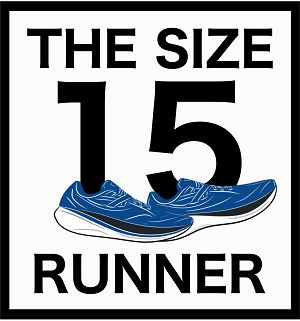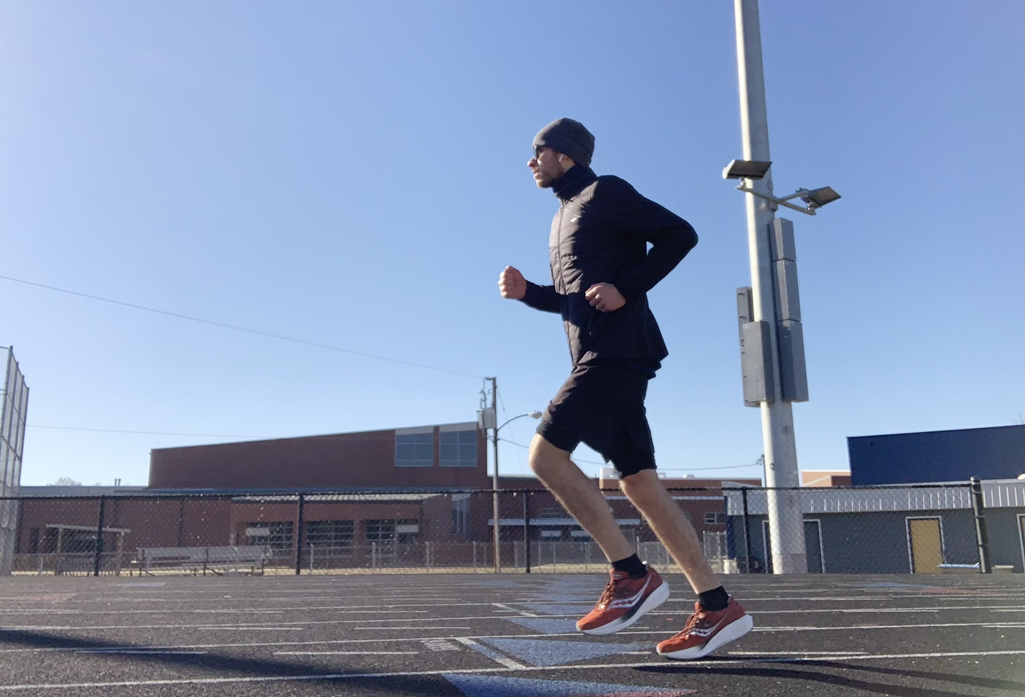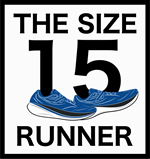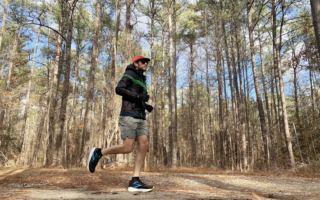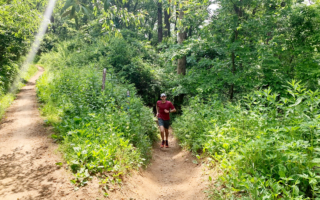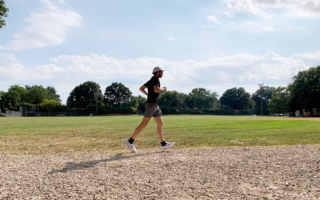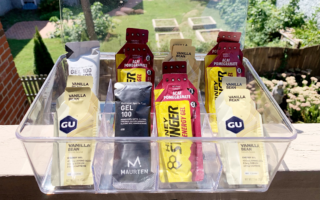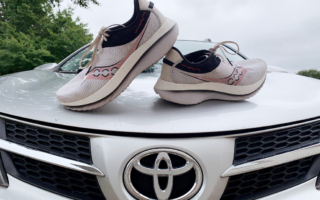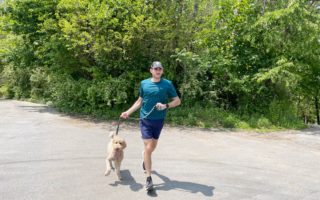For the longest time I avoided running on a track. Blame it on my PTSD from the annual gym class “mile run” in grade school. Yes, believe it or not, I used to hate running. Now, I’m practically insufferable writing about anything and everything running-related. I guess that’s what they call growth?
But, why would I want to run in a giant circle repeatedly on display, in the spotlight for anyone and their grandmother to watch? Yes, I’m aware no one desires to see me run, but it’s just the fact that someone could. Possibly it’ll be some day in a dystopian future when watching amateur runners run circles around a track is the only form of entertainment left. Hey, that doesn’t sound too bad, actually. (See what I mean about insufferable?)
Off the beaten track
My wife and I recently bought our first home, outside the city of Richmond, VA. Richmond is a runner-friendly city, but the “burbs” are more welcoming of those on four wheels rather than two feet. I quickly realized I’d have to get creative with crafting new running routes.
Thankfully, on a recent run, I discovered a track located less than two miles from my home. Although typically used for speed work, this high school track has become my new go-to route on the weekends for parts of long runs, tempo runs, and every other type of run. I’d use it during the week, too, but it’s technically off-limits to the public during school hours. That’s understandable—I couldn’t live with myself if I accidently picked the one day a year the gym class uses it for their mile run. Bitter? Why, no—why would I be bitter?
I used to view running on a track as the most soul-sucking (and sole-sucking) form of trotting, just a pinky toe’s length less horrible than the heinous treadmill. Running on a track is monotonous, predictable, and basic. Which is exactly why I’ve come to love it. It’s perfect for someone with anxious tendencies, like me. There are no vehicles, traffic lights, or intersections to deal with. No hills, uneven terrain, actual turns, and no guessing. It’s no Yellow Brick Road, but blindly following the track always leads to fun running adventures.
And that’s the thing about the track: you’re moving your feet, but you’re not actually going anywhere. It’s both the shortest and longest three-tenths of a mile you’ll ever run. The conclusion of your run is always in sight, but so is your starting point. In other words, the end is so close, yet simultaneously so far away.
On the right track
I’d be lying if I say I’m perfectly content with one lap’s three-tenths of a mile distance. Math is hard! It’d be much simpler to calculate mileage if it was a half-mile long. Then, two laps would equal a mile. Hey, numbers aren’t so tough. It’d also require fewer laps around the enormous oval—something that weighed on my mind during a recent long run in which I ran 12 of my 18 miles on the track. Needless to say, with three laps totaling less than a mile, I had to do quite a few more. I recall at one point calculating the remaining number of laps—24—I’d have to run to reach the day’s target mileage. Ouch.
But what once seemed so painstakingly tedious—and mentally painful— has become quite thrilling. I suppose that’s what getting “old” means. “Hey, you’re not that old!” Aww, well thank you; that’s very kind of you to say. Speaking of pain, just as it’s important to switch up your running routes, it’s been shown that training on a combination of surfaces can help avoid an increased risk of injuries.
Specifically, running on a track produces fewer peak accelerations in impact loading compared to running on concrete, cement, or even the treadmill. No joke: the slight “springy” sensation of the track just feels more forgiving on my legs and knees, especially at faster paces.
Back on track?
The track is truly a runner’s playground—it’s got painted lines outlining lanes, a synthetic rubber surface to “play” on, and an enclosed fence—hallmarks of any playground worth a damn. It’s even got a porta-potty conveniently located just outside the confines of the track. A sigh of relief for me, as I made AARP’s 2023 list of the Top 100 Folks Under 40 with Bladders of 70-Year-Olds. Despite the inordinately lengthy name, you got to hand it to them: they’re branching out and appealing to younger audiences. It’s no Time Magazine 100 Most Influential People of the Year honor, but it’s recognition.
And like any playground, you must share the track with others. You’re surrounded by other walkers and runners—a benefit to those who enjoy group runs, even if you’re not running in unison with strangers on the track. For me, the fewer runners surrounding me, the better. Like I said, it’s about avoiding attention. Although, on days I’m struggling to finish up a VO2 Max or lactate threshold workout, I’ve found it helps to pretend the empty stands surrounding the track are full of hordes of screaming fans, cheering me on to finish strong. Corny? Absolutely. Effective? Absolutely. That dystopian future can’t come soon enough.
Just make sure to adhere to proper track etiquette: do whatever you damn well please as long as you don’t negatively impact others. AKA run and let run. “Stay in your lane” is reserved only for power-hungry, insecure assholes to say to people they disagree with.
The grass (surface) is always greener
Of course, the downside to running on a track is you’ll develop a bad case of absolute boredom. The scenery doesn’t change, the elevation stays the same, and it’s simply repetitive as all hell. Perhaps I ought to skip the track today and run on the roads. Ugh, but it’s so cold dang out. Better yet, I’ll just stay indoors and run on the treadmill. Haha that’s a good joke. Forget it—I’ll plop myself on the couch and call it a day. I’ll run tomorrow. Or the day after tomorrow. Or some other time this week. Ok, next week. Maybe.
